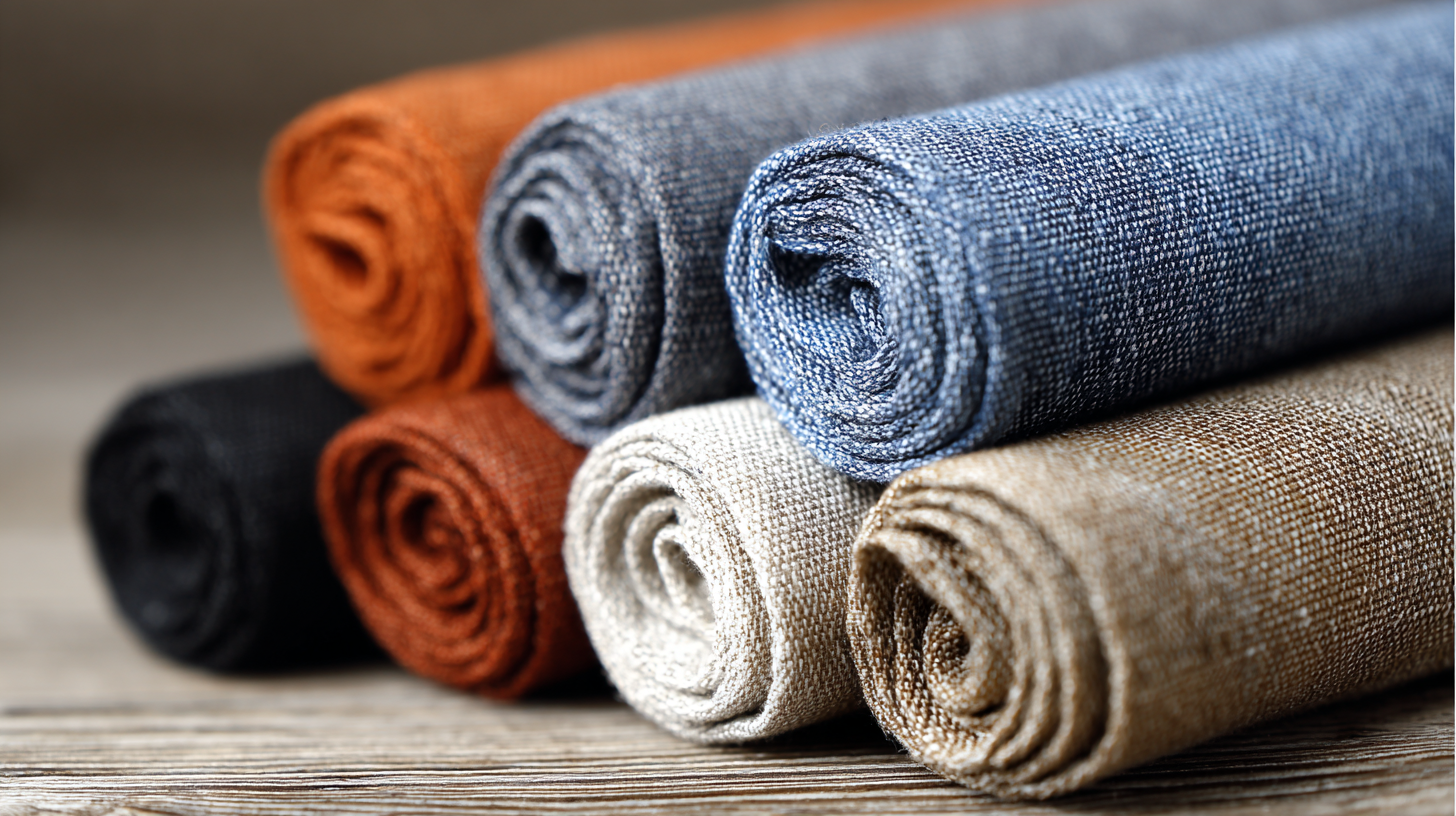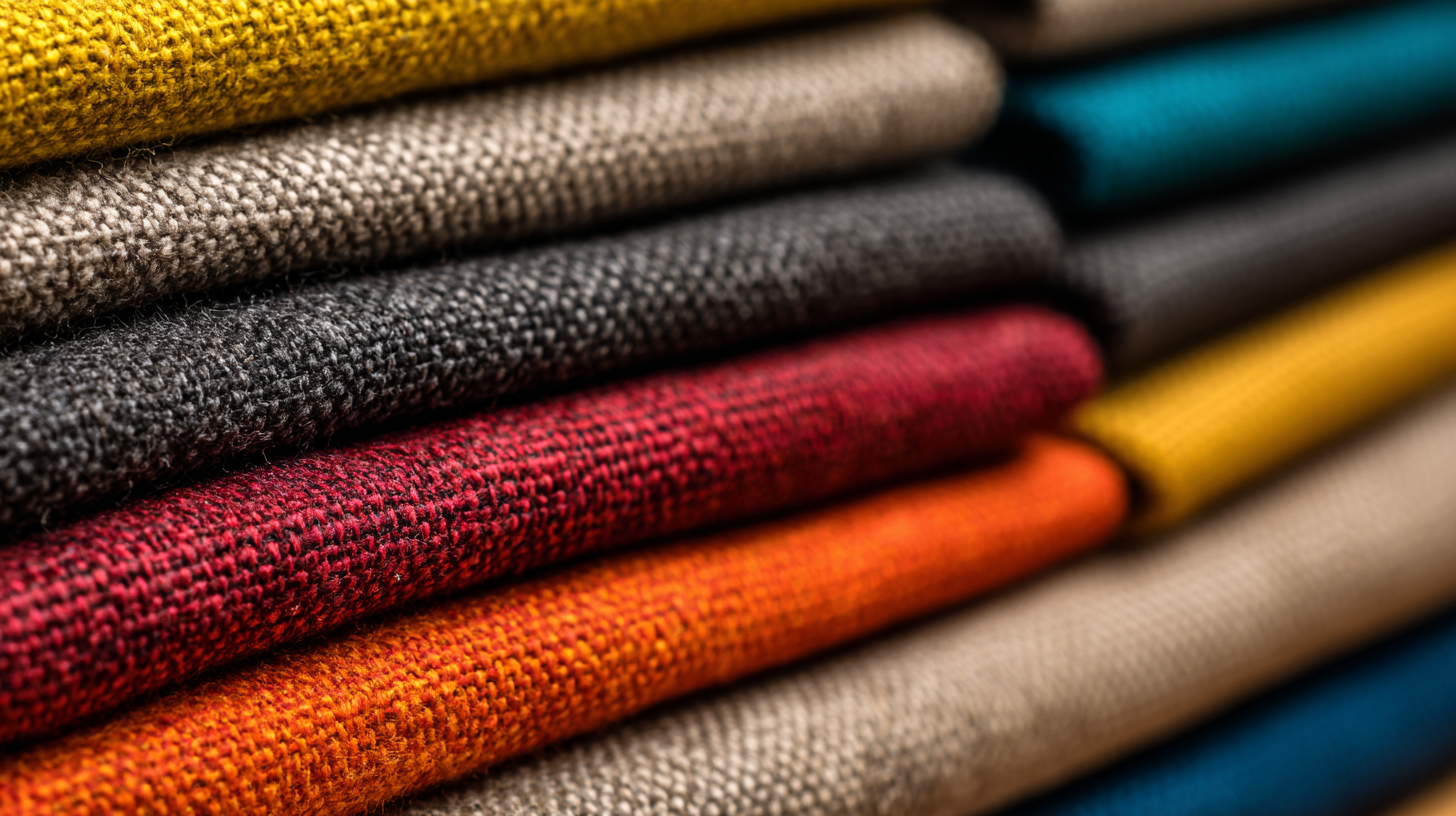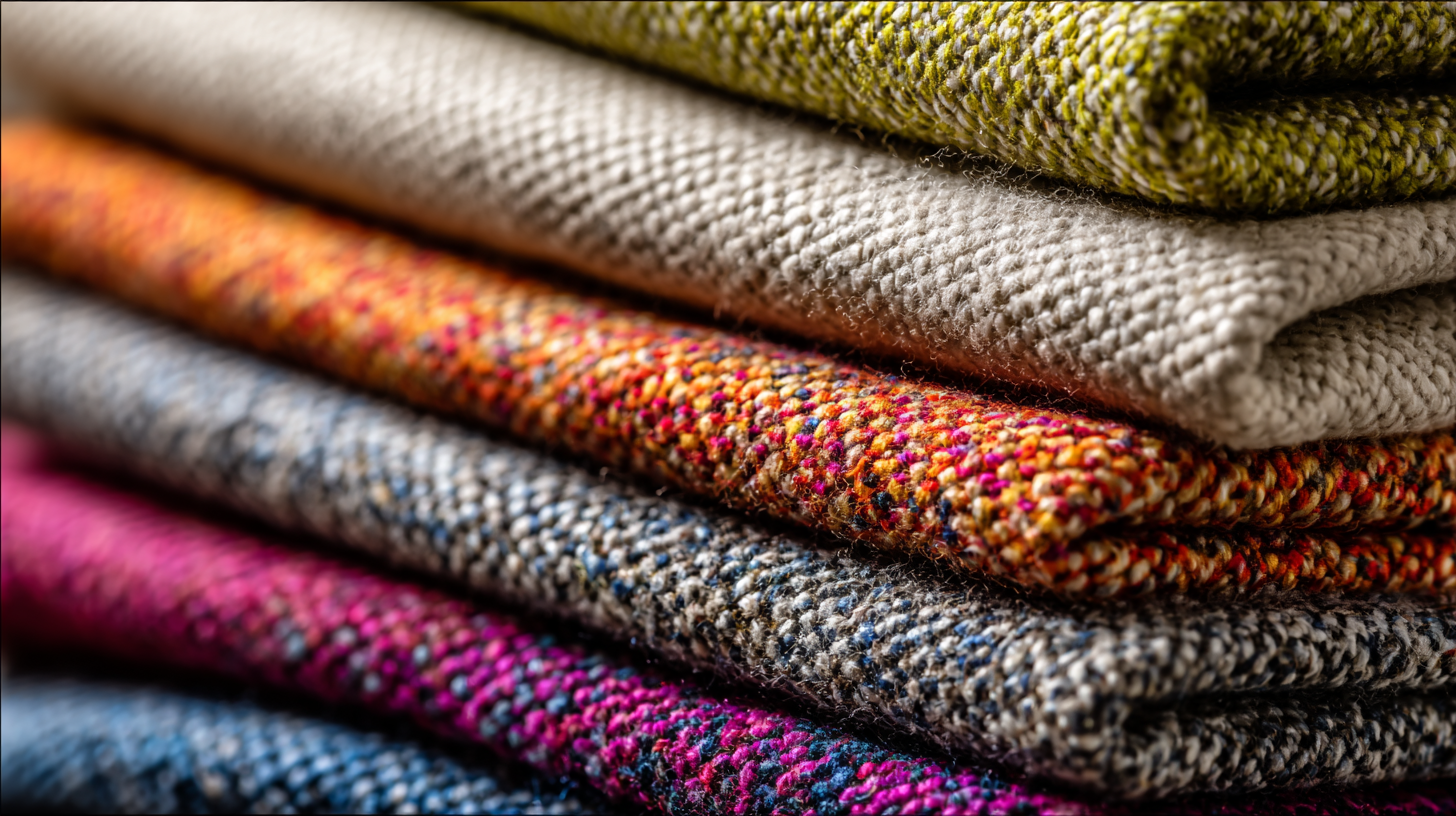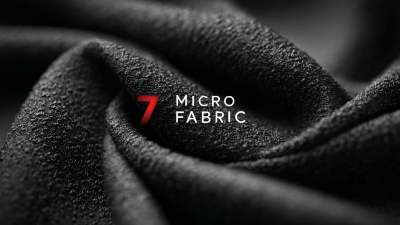In today's world, where sustainability is a growing concern, choosing the right materials for textile solutions is more important than ever. Micro fabric, known for its versatility and durability, has emerged as a favorite among eco-conscious consumers and manufacturers alike. As an innovative fabric option, it offers the benefits of being lightweight, breathable, and quick-drying, making it ideal for various applications from activewear to home textiles. However, not all micro fabrics are created equal; the environmental impact of production processes and material sourcing must be considered to ensure an eco-friendly choice. This blog will guide you through essential factors to consider when selecting the best micro fabric for your needs, helping you contribute to a more sustainable future while enjoying the high-performance characteristics that this remarkable textile has to offer.

Micro fabrics, often derived from synthetic materials such as polyester and nylon, have gained popularity in the textile industry due to their lightweight, durable, and versatile properties. However, the environmental impact of these fabrics is a growing concern. According to a report from the Environmental Protection Agency (EPA), microfibers, which are tiny synthetic fibers less than 5mm in length, contribute significantly to plastic pollution in our oceans. It is estimated that textile washing machines release approximately 500,000 tons of microfibers into the aquatic environment annually, posing a threat to marine life and ecosystems.
Furthermore, the production process for micro fabrics frequently involves resource-intensive methods. A study published by the nonprofit organization "Stand.Earth" highlights that polyester production alone accounts for about 700 million barrels of oil used annually. In contrast, eco-friendly fabrics such as organic cotton or innovative materials like Tencel offer sustainable alternatives that reduce environmental damage. These fabrics are derived from renewable resources, biodegradable, and generally have a far lower carbon footprint compared to their synthetic counterparts. By understanding the environmental implications of micro fabrics, consumers can make informed choices that promote sustainability in textile solutions.

When selecting eco-friendly micro fabrics for textile solutions, it's essential to consider several key characteristics that ensure both sustainability and functionality. First and foremost, the material should be derived from renewable resources or recycled inputs. Fabrics made from organic cotton, Tencel, or recycled polyester not only minimize environmental impact but also offer exceptional softness and durability. The production process should also be eco-conscious, favoring methods that reduce water usage and avoid harmful chemicals.
Beyond the sourcing of the fibers, the performance of the micro fabric is critical. Look for moisture-wicking properties and breathability, which can enhance comfort in various applications, from activewear to home textiles. Additionally, consider the fabric's biodegradability or recyclability, as this contributes to a circular economy and minimizes landfill contributions. By focusing on these characteristics, consumers can make informed choices that align with their eco-friendly ideals while still enjoying the superior qualities of micro fabrics.
When selecting microfabrics for eco-friendly textile solutions, understanding sustainable sourcing and certifications is crucial. One of the first steps in identifying truly sustainable materials is recognizing reputable certifications. Look for standards such as Global Organic Textile Standard (GOTS) and OEKO-TEX Standard 100, which indicate that the fabric meets stringent environmental and social criteria. These certifications ensure that the microfabric is made from organic materials and produced in facilities that prioritize eco-friendliness and fair labor practices.
Additionally, consider the sourcing practices of the fabric manufacturers. Opt for brands that promote transparency in their supply chains and demonstrate a commitment to reducing their carbon footprint. Materials derived from recycled sources, like post-consumer plastic bottles, are fantastic eco-friendly options that minimize waste and conserve resources. Engaging with suppliers who prioritize sustainable production methods can also lead to discovering innovative microfabrics that align with eco-conscious values while maintaining high performance and aesthetic appeal. By focusing on sustainable certifications and responsible sourcing, you can make informed choices that contribute positively to both the environment and the textile industry.
When comparing eco-friendly micro fabrics to their conventional counterparts, several performance metrics come into play. Eco-friendly options often boast lower environmental impact due to the sustainable materials and production methods used. This not only helps reduce pollution but also supports a healthier ecosystem. However, it's essential to evaluate their durability and functionality. Some eco-friendly micro fabrics may not perform as well in extreme conditions compared to conventional options, but advancements in technology are bridging this gap.
Tips for choosing the right eco-friendly micro fabric include checking for certifications like Global Organic Textile Standard (GOTS) or OEKO-TEX. These certifications ensure that the materials used are safe for both the environment and consumers. Another crucial consideration is the fabric's intended use. For instance, if you're selecting fabric for activewear, look for options that offer moisture-wicking properties and breathability while still being environmentally friendly. Lastly, consider the maintenance of the fabric—many eco-friendly micro fabrics are designed to be easy to care for, reducing the need for harsh chemicals in washing detergents.

Eco-friendly micro fabrics are gaining traction in both the fashion and home textile industries due to their sustainable properties and versatility. According to a report by the Global Organic Textile Standard, the demand for organic textiles is projected to rise by 10% annually, with microfibers being at the forefront of this movement. These fabrics are manufactured from recycled materials, often utilizing post-consumer plastics, which significantly reduces the environmental impact associated with textile production. For instance, a single recycled polyester garment can save approximately 90% of the water and energy required for its traditional counterpart.
In fashion, eco-friendly micro fabrics provide not only sustainability but also performance. Their lightweight and breathable qualities make them ideal for activewear, reducing the carbon footprint of physical activities. The market for sustainable activewear is expected to exceed $450 billion by 2025, highlighting the shift towards responsible consumerism. Similarly, in home textiles, eco-friendly micro fabrics are being embraced for upholstery and bedding, offering durability and ease of maintenance without compromising environmental principles. A study from the Textile Exchange emphasized that opting for such materials can enhance the overall lifecycle performance of home textiles, contributing to a more sustainable living environment.
| Fabric Type | Material Composition | Recyclability | Typical Uses | Sustainability Rating |
|---|---|---|---|---|
| Recycled Polyester | 100% Recycled PET | Yes | Activewear, Home Textiles | A |
| Organic Cotton | 100% Organic Cotton | Yes | Clothing, Bedding | A+ |
| Tencel | Lyocell, Wood Pulp | Yes | Apparel, Linens | A |
| Hemp Fabric | 100% Hemp | Yes | Clothing, Accessories | A+ |
| Bamboo Fabric | 100% Bamboo Viscose | Yes | Clothing, Towels | B |






